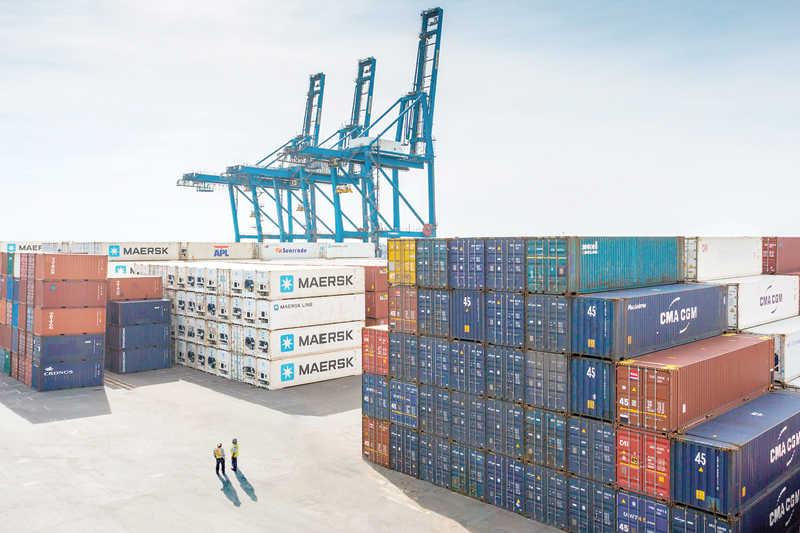

After two consecutive years of accelerated growth, non-oil Omani exports plummeted 13.3 per cent to RO 3.23 billion in 2019, down from RO 3.72 billion a year earlier, the Central Bank of Oman (CBO) noted in its latest report
Exports of ‘products of chemical or allied industries’, ‘mineral products’, and ‘base metals & articles of base metals’, which together accounted for 64.5 per cent of total non-oil exports, witnessed a contraction of 17.3 per cent. The apex bank attributed the decline to a substantial drop in exports to main trading partners, as well as to lower output from OQ’s Sohar Refinery which underwent a period of scheduled maintenance during 2019.
Furthermore, exports of ‘plastic and articles’ declined by 23.1 per cent to RO 196 million in 2019, down from RO 255 million in 2018 as a result of a dip in polypropylene exports from Sohar refinery.
“For the last four years, the UAE, Saudi Arabia, India, China, Qatar, and the USA continued to be the main importers of Omani non-petroleum exports and imported 66.6 per cent of Omani non-petroleum exports. Though non-petroleum exports to the UAE dropped by 11.6 per cent, it remained the largest destination for Omani non-petroleum exports with a share of 18.8 per cent. The main non-petroleum exports to UAE included ‘base metals and articles of base metal’ which contracted by 24.3 per cent from last year,” the Central Bank noted in its 2019 Annual Report issued here this week.
Furthermore, non-petroleum exports to Saudi Arabia dropped by 4.5 per cent and continued to be the second largest destination for Omani non-petroleum exports with a share of 18.1 per cent. The decline in non-petroleum exports to Saudi Arabia was driven mainly by a fall in ‘base metals and articles of base metal’.
Re-exports fell sharply by 20.9 per cent in 2019 as compared to 2018, reflecting subdued demand from GCC countries which are the main destinations for Omani re-exports. The decline in re-exports was mainly driven by an 84.7 per cent slump in the re-exports of ‘mineral products’. Consequently, the share of ‘mineral products’ in total re-exports dropped by 4.8 percentage points to 20.2 per cent in 2019.
On the other hand, the decline was less pronounced in the re-exports of ‘vehicles, aircraft, vessels and associated transport equipment’ which accounted for largest share of 31.4 per cent in total re-exports in 2019. The re-export of ‘foodstuff, beverages, tobacco & related products’ increased by 31.5 per cent during 2019.
During the same year, the value of re-exports to the UAE stood at RO 430.1 million, followed by Qatar at RO 325.2 million, and Iran at RO 216.4 million. The combined share of their re-exports remained the same at 67.1 per cent in 2019. Although re-exports of ‘vehicles, aircraft, vessels & associated transport equipment’ dropped by 10.8 per cent in 2019, it constituted the highest value among merchandise re- exports to the UAE followed by ‘machinery & mechanical appliances, electrical equipment & parts thereof’.
Qatar continued to remain the second largest destination for Omani re-exports, despite the drop by 4.7 per cent during 2019. The main re-exports to Qatar were ‘machinery
& mechanical appliances, electrical equipment & parts thereof’ and ‘vehicles, aircraft, vessels & associated transport equipment’.
Oman Observer is now on the WhatsApp channel. Click here



